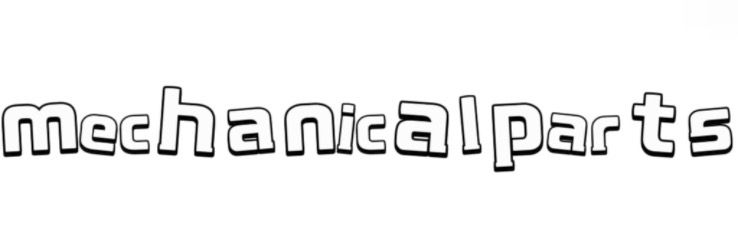Single-Station Centrifugal Casting vs. Traditional Methods for Short Runs
Dec. 29, 2024
Single-Station Centrifugal Casting vs. Traditional Methods for Short Runs
In recent years, the manufacturing industry has seen a significant shift in casting methods, with single-station centrifugal casting gaining popularity for short-run production. This article explores the advantages and disadvantages of single-station centrifugal casting compared to traditional casting methods, providing valuable insights for manufacturers deciding on the best approach for their production needs.
Understanding Casting Methods
Casting is a fundamental manufacturing process where liquid material is poured into a mold and allowed to solidify. Traditional casting methods include sand casting, investment casting, and die casting. Each method has its specific applications and benefits. However, as manufacturing needs evolve, so do the processes. Single-station centrifugal casting, a more modern approach, offers unique features suited for specific production requirements.
Advantages of Single-Station Centrifugal Casting
Single-station centrifugal casting involves rotating a mold to distribute the molten metal evenly within it. This method presents several advantages, particularly for short production runs:
Enhanced Material Properties
Single-station centrifugal casting typically results in denser and stronger castings due to the continuous centrifugal force that pushes impurities to the center. Consequently, components produced exhibit improved mechanical properties and overall durability.
Cost-Effectiveness for Short Runs
For manufacturers seeking to produce limited quantities, single-station centrifugal casting can be more cost-effective. The need for extensive tooling and extensive setup is significantly reduced, allowing production to begin quickly and efficiently.
Precision and Surface Finish
This method ensures detailed finishes and precision in dimensions, reducing post-casting machining time and expenses. This level of accuracy is vital for industries where tight tolerances are mandatory, such as aerospace and automotive sectors.
Drawbacks of Single-Station Centrifugal Casting
While single-station centrifugal casting presents compelling benefits, there are a few drawbacks to consider:
Initial Investment Costs
The machinery required for single-station centrifugal casting can be expensive. Manufacturers must weigh the initial investment against the expected return when considering switching methods.
Not Suitable for All Material Types
This method is optimal for certain metals and alloys. Manufacturers must evaluate whether their material choices align with the capabilities of single-station centrifugal casting.
Comparative Analysis: Performance Metrics
A study conducted in 2023 compared the performance of single-station centrifugal casting against traditional methods focusing on short runs across various metrics. Here are some key findings:
- Production Time: Single-station centrifugal casting reduced lead times by approximately 30% compared to sand casting.
- Material Utilization: Utilization rates improved by 20% due to better control over the casting process.
- Defect Rates: Defect rates in single-station centrifugal casts were 15% lower than those produced using traditional methods.
Conclusion: Making the Right Choice
Choosing between single-station centrifugal casting and traditional methods ultimately depends on specific production needs, material types, and budget considerations. For short runs where strength, precision, and speed are paramount, single-station centrifugal casting may present a superior solution.
Call to Action
If you're considering which casting method is right for your production needs, seek out experts in the field for tailored advice. For further reading on this topic, share insights with industry publications, and look for authoritative content to ensure you stay informed. The future of casting technology is evolving—make sure you’re part of the conversation!
For more Single-station centrifugal casting for short production runs, Single-station casting machine for aluminum, Manual centrifugal casting for iron componentsinformation, please contact us. We will provide professional answers.
75
0
0
All Comments (0)
Previous: Top Tubular Heater Winding Equipment for Rice Cookers in 2024
Next: What Benefits Does a High-Performance Multi-Spindle Hydraulic Drilling Machine Offer?
If you are interested in sending in a Guest Blogger Submission,welcome to write for us!


Comments